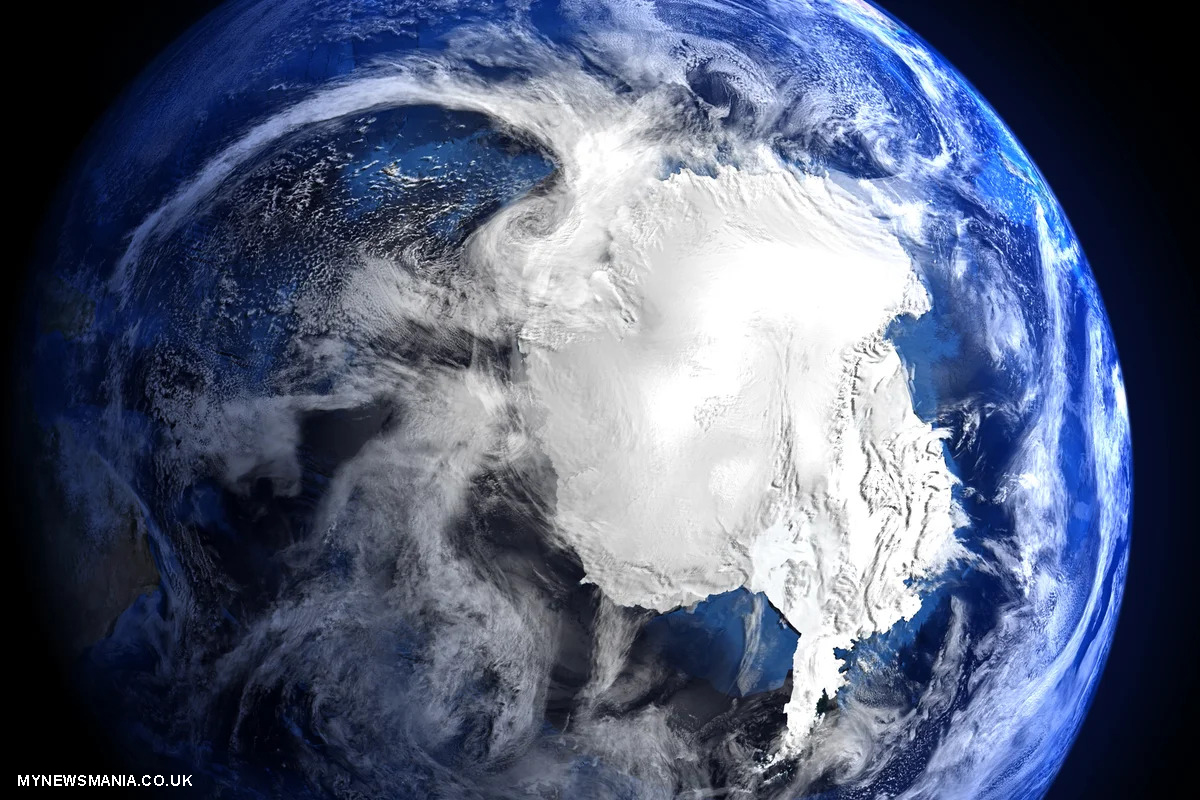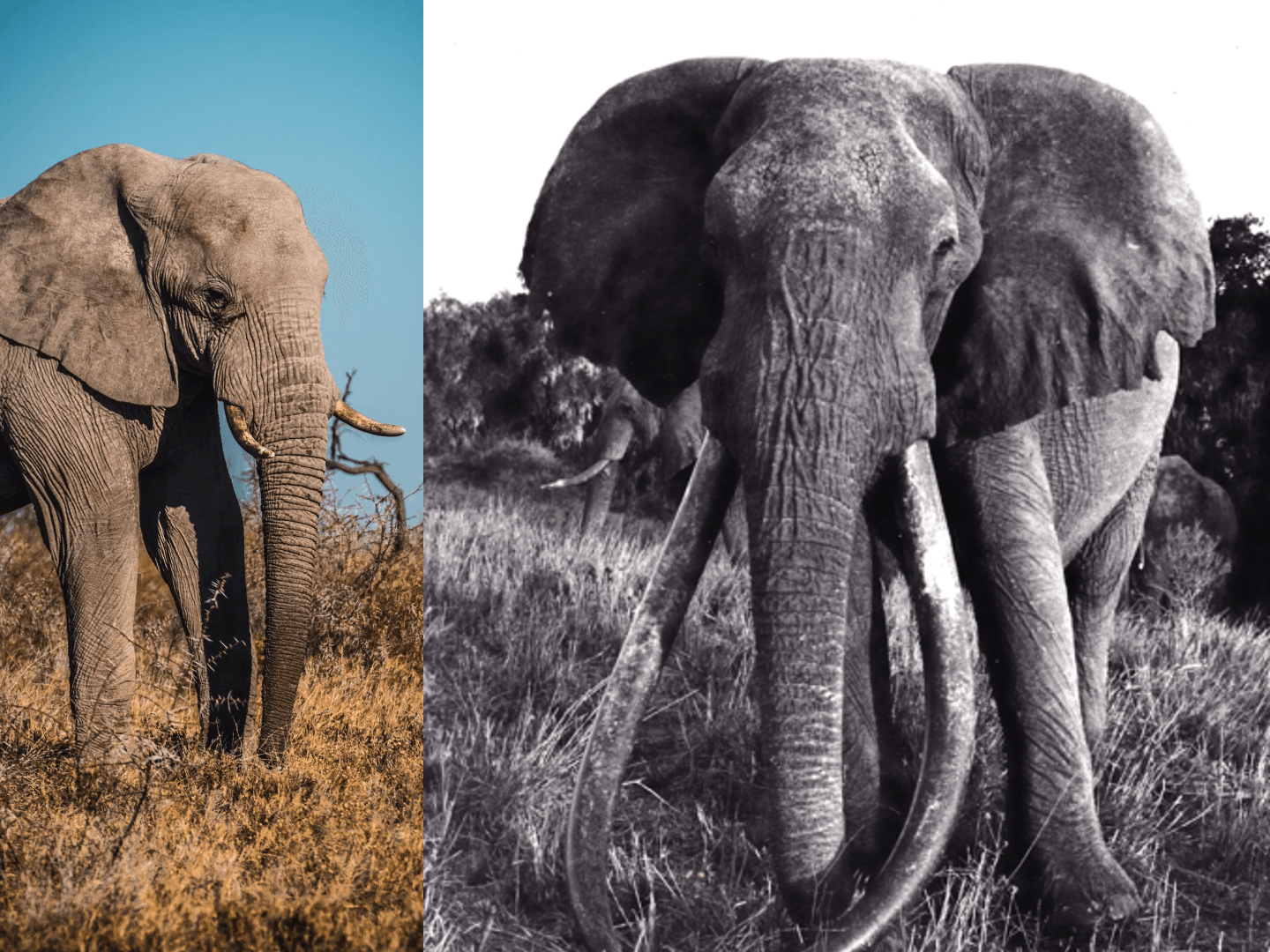News
Antarctica from Space: Earth Frozen Continent

Introduction of Antarctica
Antarctica, the southernmost continent on Earth, is a land of extremes. It is the coldest, driest, and windiest continent, covered almost entirely by ice. While it remains one of our planet’s most remote and least explored places, satellite technology has provided unprecedented views of Antarctica from space. These images offer valuable insights into the continent’s geography, climate, and the impact of climate change. This article explores the significance of observing Antarctica from space and the key findings from these observations.
Why Observe Antarctica from Space?
Observing Antarctica from space provides several advantages that are difficult to achieve through ground-based exploration:
- Comprehensive Coverage: Satellites can capture images of the entire continent, including areas that are difficult or impossible to reach by land.
- Climate Monitoring: Space-based observations allow scientists to monitor changes in ice coverage, temperature, and other climatic factors over time, offering crucial data on global climate trends.
- Environmental Impact Assessment: Researchers can analyze satellite images to assess the impact of human activities and climate change on Antarctica’s delicate environment.
- Geographic Mapping: Satellite imagery helps create accurate maps of Antarctica’s terrain, including its vast ice sheets, mountain ranges, and icebergs.
Key Observations of Antarctica from Space
Ice Sheets and Glaciers
One of the most significant observations made from space is the behaviour of Antarctica’s ice sheets and glaciers. The continent is home to the most extensive ice sheets on Earth, which contain about 60% of the world’s fresh water. Satellite images have revealed ice flow patterns, with glaciers slowly moving towards the ocean.
Space-based monitoring has also shown areas where ice sheets are thinning, particularly in West Antarctica, which has raised concerns about rising sea levels. These observations are crucial for understanding ice movement dynamics and predicting future global sea-level changes.
Iceberg Formation
Satellite imagery has provided spectacular views of iceberg formation in Antarctica. Large ice breaks off as glaciers flow into the sea, forming icebergs. One of the most famous events captured from space was the calving of iceberg A-68 from the Larsen C Ice Shelf in 2017. Measuring over 5,800 square kilometres, A-68 was one of the most enormous icebergs ever recorded.
Observing iceberg calving events from space allows scientists to study the processes leading to such occurrences and their implications for global sea levels and marine ecosystems.
Polar Ice Melt
Another critical observation made from space is the melting of polar ice. Satellites equipped with advanced sensors can detect changes in ice thickness and temperature. Over the past few decades, satellite data has shown an alarming trend of increasing ice melt in some areas of Antarctica, particularly during the summer months.
This melting contributes to rising sea levels and affects global ocean circulation patterns. Continuous monitoring from space is essential for tracking these changes and understanding their long-term impact on the planet.
Ozone Hole Observation
The discovery of the ozone hole over Antarctica in the 1980s was a significant environmental event first detected through satellite observations—the ozone hole forms annually over the continent, reaching its peak in the Southern Hemisphere’s spring.
Satellites continue to monitor the size and intensity of the ozone hole, providing valuable data on the effectiveness of international agreements, such as the Montreal Protocol, in reducing ozone-depleting substances. Recent observations have shown a gradual ozone layer recovery, highlighting the importance of global efforts to protect the environment.
Wildlife and Ecosystem Monitoring
Space-based observations also play a role in studying Antarctica’s unique ecosystems. Satellite images help track the movement of wildlife, such as penguins and seals, and monitor changes in their habitats. These observations provide insights into the impact of environmental changes on Antarctic biodiversity and contribute to conservation efforts.
Challenges and Future Prospects
While satellite observations offer many benefits, there are also challenges associated with monitoring Antarctica from space:
- Harsh Environment: The extreme cold and darkness during the Antarctic winter can make it difficult to obtain continuous data.
- Technological Limitations: Despite advancements in satellite technology, there are still limitations in resolution and data accuracy that can affect the interpretation of images.
- International Cooperation: Antarctica is governed by international treaties that require collaboration among nations. Coordinating satellite missions and sharing data across countries is essential for comprehensive monitoring.
Future advancements in satellite technology, including using higher-resolution sensors and AI-driven data analysis, will enhance our ability to observe and understand Antarctica. Future missions may also focus on monitoring the effects of climate change in real time, providing crucial information for global environmental policies.
Conclusion
Antarctica from space offers a unique perspective on one of our planet’s most remote and mysterious regions. Through satellite observations, scientists have gained valuable insights into the continent’s ice dynamics, climate patterns, and environmental changes. These observations are crucial for understanding global climate change’s impact and guiding international efforts to protect our planet’s fragile ecosystems. As technology advances, our ability to monitor and study Antarctica from space will improve, providing even deeper insights into this frozen frontier.
News
Diddy News: Exploring the Latest
News
The Pizza Edition: Explore the Best Variations of Pizza
News
der elefantenbulle ahmed: Legend of the Last Great Tusker

Der Elefantenbulle Ahmed
Der Elefantenbulle Ahmed is one of the most well-known and iconic figures in Kenya’s wildlife history. A magnificent African elephant (Loxodonta africana), Ahmed became famous for his exceptionally long tusks and his role as a symbol of conservation in Africa. In this article, we will explore Ahmed’s story, his significance and his legacy.
The story of Der Elefantenbulle Ahmed
Der Elefantenbulle Ahmed, lived in the Marsabit National Reserve in northern Kenya in the 1960s and 1970s. He was known for his impressive size and exceptionally long tusks, which made him one of the last so-called “Great Tuskers.” A “Great Tusker” is an elephant whose tusks weigh over 100 pounds (about 45 kilograms) each. Ahmed’s tusks were not only exceptionally long, but also very heavy, making him a special attraction and a valuable target for poachers.
Ahmed as a symbol of nature conservation
At a time when poachers posed a significant threat to the elephant population in Africa, Ahmed became a symbol for the protection of endangered species. His unique appearance and gentle nature attracted the attention of conservationists and the public. The Kenyan government recognized Ahmed’s importance to conservation and took unprecedented measures to protect his life.
In 1970, then President of Kenya, Jomo Kenyatta, officially declared Ahmed a “living monument.” This declaration was a first in Kenya’s history and highlighted the bull elephant’s importance to the nation and to conservation worldwide. As a result of this declaration, Ahmed was given 24-hour protection by armed guards. These protective measures were crucial to protect him from poachers who were after his valuable tusks.
The last years and the death of Ahmed
Ahmed lived to a ripe old age, dying of natural causes in 1974 at the age of about 55. His death was a significant event that received worldwide attention. The fact that his body was found intact shows that the Kenyan government’s conservation efforts were successful and Ahmed was protected from poachers throughout his life.
After his death, Ahmed’s body was dissected and put on display at the Nairobi National Museum. This exhibition is intended to honour his life and legacy and serve as a reminder of the importance of conservation and the need to protect endangered species.
Der Elefantenbulle Ahmed legacy and its significance today
Ahmed the bull elephant remains a symbol of conservation in Africa today. His story has inspired generations of conservationists and raised awareness of the need to protect endangered species. He represents the urgent need to protect wildlife from the threats posed by human activities such as poaching and habitat loss.
Ahmed’s legacy also lives on in ongoing efforts by Kenya and other countries to protect and conserve elephant populations. Thanks to modern technology and dedicated conservation organizations, many elephants are now better protected through strict laws and monitoring programs.
Frequently Asked Questions (FAQs)
1. Why did the bull elephant Ahmed become famous?
- Ahmed became famous for his exceptionally long tusks and his status as one of the last “Great Tuskers” in Africa. He also became a symbol of conservation because he was given special protection by the Kenyan government.
2. What does it mean that Ahmed was a “living monument”?
- A “living monument” is an official designation given to Ahmed by the then President of Kenya, Jomo Kenyatta. This designation meant that Ahmed was placed under permanent protection to protect him from poachers.
3. How was Ahmed’s body treated after his death?
- After his death, Ahmed’s body was dissected and exhibited at the Nairobi National Museum to honor his legacy and highlight the importance of conservation.
4. What does Ahmed’s story mean for modern conservation?
- Ahmed’s story highlights the importance of protecting endangered species and continues to inspire conservation efforts around the world. It shows that individual actions to protect individual animals can have a significant impact on the protection of entire species.
Conclusion
The bull elephant Ahmed is more than just a historical figure; he is a symbol of the importance of conservation and the fight against poaching in Africa. His story reminds us of the importance of protecting our natural resources and preserving biodiversity. Ahmed’s legacy lives on and inspires us to continue fighting to protect elephants and other endangered species.
-

 News9 months ago
News9 months agoBrooke Tilli – Bio, Age, Relationships, Career, Net Worth, and Boyfriend
-

 Celebrity8 months ago
Celebrity8 months agoPedro Vaz Paulo: A Life of Redemption
-

 Celebrity8 months ago
Celebrity8 months agoBurak Deniz: The Turkish Heart-Throb
-

 Tech8 months ago
Tech8 months agoCloud Computing: Enabling IT Innovation
-

 Tech8 months ago
Tech8 months agoSaaS Integration: Cloud-Based Software
-

 News8 months ago
News8 months agoDefine a Offshore Accident Lawyer
-

 Business8 months ago
Business8 months agoJanitor AI: Future of Auto Maintenance
-

 News8 months ago
News8 months agoAI Deepfake Threaten to Global Elections. No One Can Stop Them.





